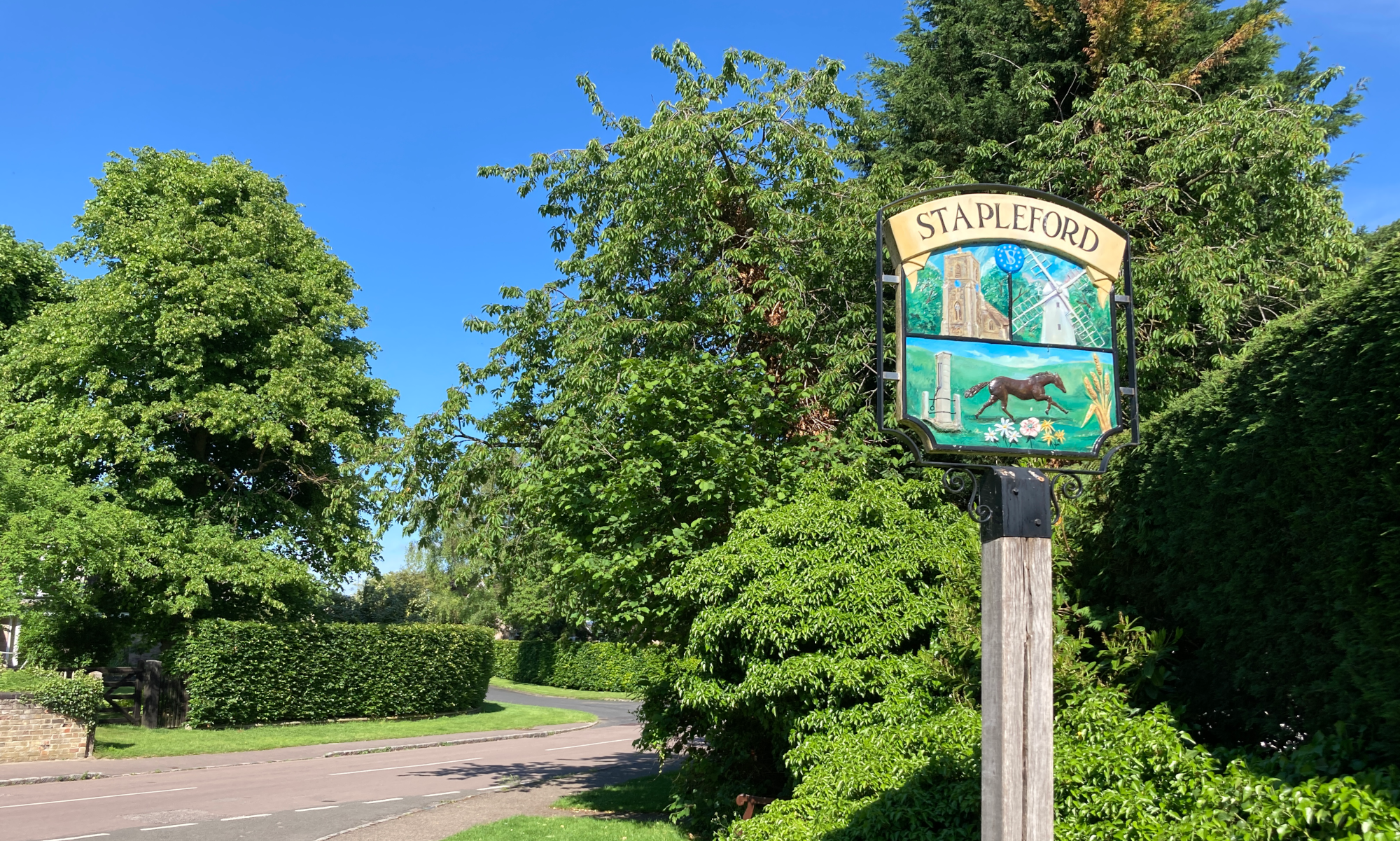Stapleford History Society 12th March 2024
A talk by Alison Giles, Learning Coordinator at the Whipple Museum.
Robert Whipple was a businessman in the scientific instrument trade, a collector of science books and scientific instruments and an author on their history. He amassed a unique collection of antique scientific instruments that he later donated to Cambridge University. The Whipple Museum was founded in 1944 and is located in the former Perse School building on Free School Lane, though the impressive doorway has “Laboratory of Physical Chemistry” written above it.
Alison Giles, brought us 10 objects selected from about 7,000. They represented several of the ‘shiny things Mr Whipple liked the look of’. He had a particular interest in optics, for example opera glasses and telescopes including one belonging to Caroline Herschel, the first woman to be paid to study science.
We saw Charles Darwin’s telescope, which Mr Whipple described as ‘a splendid plaything’, followed by the replica of an early abacus, an adding machine capable of much more complicated calculations than the sort of thing small children play with. The replica of a 17th century astrolabe was next. The astrolabe with its horizontal inclining dial was invented to aid navigation and tell the time centuries before the invention of compasses and watches. They were particularly important for Muslims as they were able to indicate the correct time for daily prayers even when at sea. We then saw an early 19th century 4 draw refracting telescope; a simple botanical microscope and a 19th century monocular draw tube spyglass.
By the 20th century some scientific instruments were being made from materials such as bakelite, like the non-prismatic opera glasses which were basically 2 short telescopes stuck together. We also saw a 1971 rotating currency converter, which helped people to understand the conversion from £sd to a decimal system but was clearly of short-term usefulness. The most significant plastic scientific instrument that we saw was the McArthur microscope. The Open University commissioned this model to be virtually indestructible, flat enough to go through a letter box and made out of plastic to keep the cost down to about £8.oo per item. The final item was a Texas T1-106 electronic pocket calculator.
The speaker concluded that it would become increasingly difficult to collect future scientific instruments as their functions are now included as standard in many mobile phones and even in some watches.
It is possible to book a guided tour of the Whipple Museum. Contact are26@cam.ac.uk
[report by Jane Steadman]

